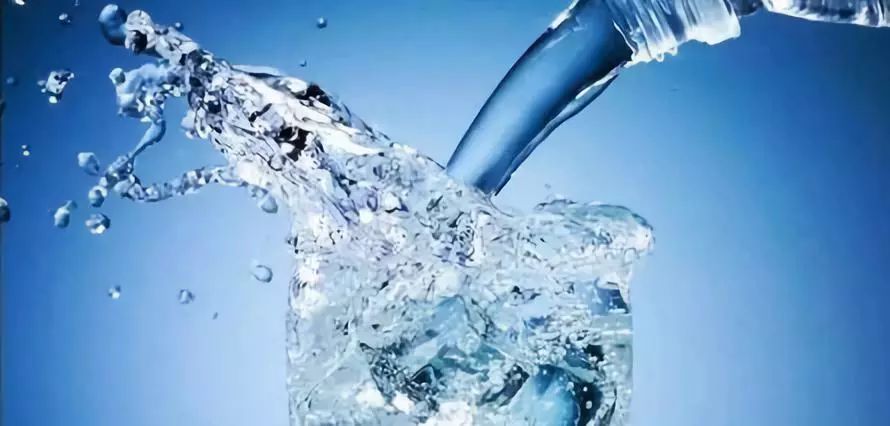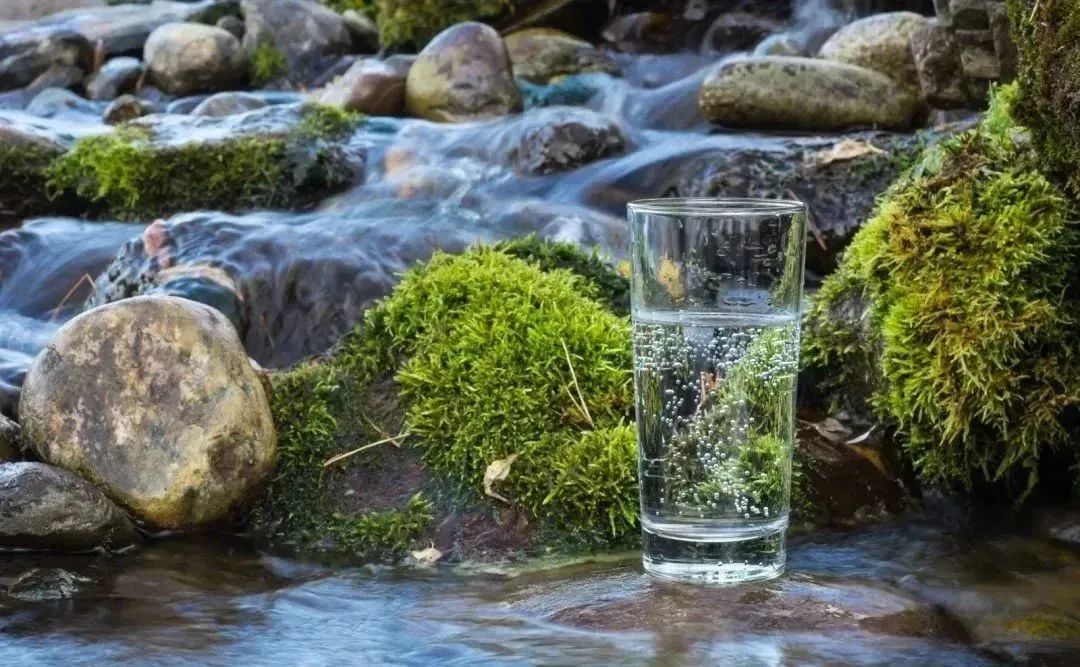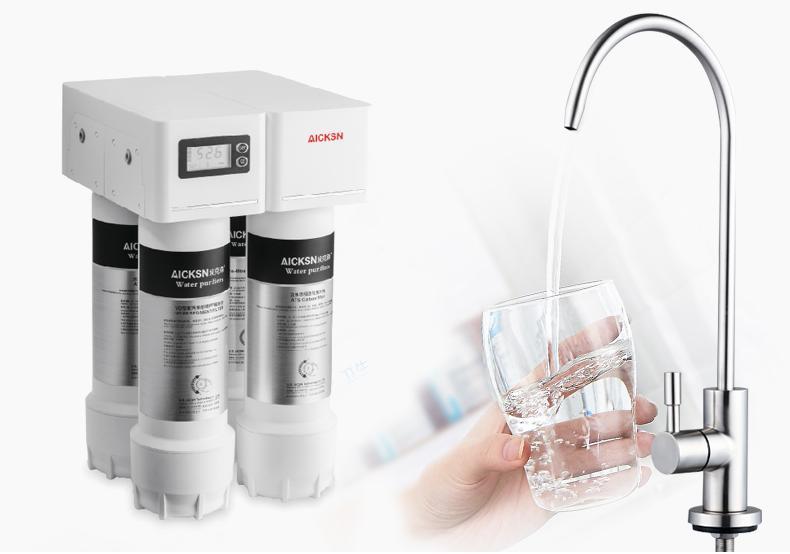 How much do you know about water purifiers or water dispensers or water purification equipment?
How much do you know about water purifiers or water dispensers or water purification equipment?
Jun .28.2024
So far, the use of water purifiers or water purifiers has become more and more widespread, but do you really understand water purifiers? Today, Susan will take you and your family to understand water purifiers more clearly and thoroughly from multiple aspects. The content is a bit long, Susan hopes that everyone will read it carefully and patiently.
1 Development history
2 Characteristics
3 Functions and uses
4 Product introduction
5 Market size
6 Market analysis
7 Category classification
8 Filter function
9 Controversy incidents
 Avoid pitfalls | If I had known that I should choose a water purifier this way, I would never step into those pitfalls!
Avoid pitfalls | If I had known that I should choose a water purifier this way, I would never step into those pitfalls!
Jun .27.2024
Using a water purifier can effectively improve the quality and safety of drinking water and provide people with healthier living water. Different types of water purifiers may differ in filtering effect, water output speed, service life, etc.
However, water purifiers are not particularly popular at present, so many people don't know much about it. How to choose a suitable water purifier without stepping on the pit? What are the things to pay attention to during the installation of the water purifier? Today Susan will take you to talk about it. If you are interested, let's read it together!
 Is it necessary to install a Water Purifier System for tap water?
Is it necessary to install a Water Purifier System for tap water?
Jun .27.2024
Water! It is not only the source of our life, but also the tap water that we cannot live without every day. Think about it, the first thing you do when you get up in the morning is to wash your face and drink a glass of cool water to get a good start to the day.
However, as cities develop, water quality becomes more and more of a concern. In order to ensure that we drink clean water, many people have purchased water purifiers. But is it necessary to install a "water purifier" for tap water? What benefits can it bring to our lives? Follow Susan to find out~
![Do you know that the replacement and cleaning of the filter element need to be determined according to the local water quality and material?]() Do you know that the replacement and cleaning of the filter element need to be determined according to the local water quality and material?
Do you know that the replacement and cleaning of the filter element need to be determined according to the local water quality and material?
Jun .26.2024
Anyone who has bought a water purifier knows that when you buy it, the salesperson will remind you to replace the filter regularly, especially the current big brand water purifiers, which are generally equipped with a reminder device for the filter replacement time. However, many people often complain that the service life of the water purifier filter is shorter than the normal time, and the reminder of the replacement time is inaccurate. In fact, the so-called filter replacement reminder is just set by the manufacturer based on the normal service life of each filter, not based on the actual filtration time. The water quality in different regions has a direct impact on the service life of the filter.
So Susan reminds consumers: the time to replace the filter should be determined according to the local water quality, and the reminder device is only a reference range.


 How much do you know about water purifiers or water dispensers or water purification equipment?
How much do you know about water purifiers or water dispensers or water purification equipment?
 Avoid pitfalls | If I had known that I should choose a water purifier this way, I would never step into those pitfalls!
Avoid pitfalls | If I had known that I should choose a water purifier this way, I would never step into those pitfalls!
 Is it necessary to install a Water Purifier System for tap water?
Is it necessary to install a Water Purifier System for tap water?